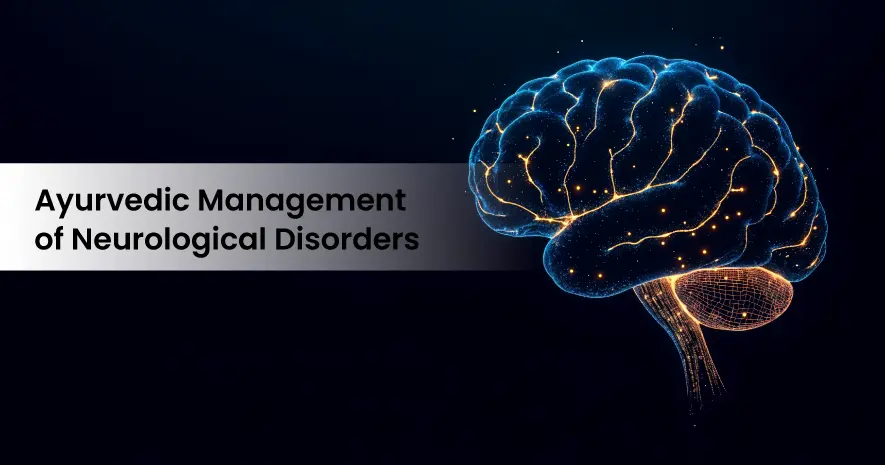
Neurological disorders encompass a wide spectrum of conditions that affect the brain, spinal cord, and peripheral nerves. These ailments may manifest as movement abnormalities, sensory deficits, cognitive impairment, or disturbances in autonomic function. From an Ayurvedic perspective, such disorders are primarily rooted in the disturbance of Vata Dosha, the bioenergetic force responsible for all movement and communication within the body and mind.
In classical Ayurvedic thought, Vata governs not only locomotion and physiological mobility but also the transmission of neural impulses, sensory integration, and higher mental functions. When Vata is imbalanced—either due to depletion (dhatu kshaya) or obstruction
(margavarana)—the nervous system becomes vulnerable, leading to a range of degenerative and functional neurological disorders. This dual pathogenesis underpins the Ayurvedic approach to understanding and managing conditions such as stroke, Parkinson’s disease, motor neuron disease, neuralgias, and peripheral neuropathies.
Ayurveda differentiates between two pathological states in Vata-related disorders. Dhatu Kshaya refers to the depletion of vital tissues such as Majja Dhatu (nervous tissue) or Mamsa Dhatu (muscle), contributing to chronic, degenerative changes seen in conditions like Parkinson’s or ALS. On the other hand, Margavarana is characterized by obstruction of the body's internal pathways or srotas, impairing the natural flow of Vata. This obstructive mechanism is observed in acute presentations such as hemiplegia following a stroke, where blood clots or lipid plaques disrupt circulation and neural signaling.
Common neurological disorders are classified in Ayurveda based on doshic predominance and symptom expression. For example, Pakshaghata, the Ayurvedic counterpart of hemiplegia, is attributed to aggravated Vata affecting the Urdhwajatru region (above the clavicle). Sarvangavata, a condition affecting the whole body, aligns with syndromes such as Guillain-Barre Syndrome. In conditions like Kampavata, a Nanatmaja Vata disorder (purely Vata-induced), the clinical resemblance to Parkinson's disease is striking, with tremors, stiffness, and bradykinesia being hallmark features. Other conditions like Anantavata (facial neuralgia) and Vishwachi (brachial neuritis) further expand the Ayurvedic understanding of neurological dysfunction.
The therapeutic strategy in Ayurveda emphasizes not only symptom relief but also the rejuvenation of the nervous system and reversal of doshic imbalance. Treatment is typically multifold—incorporating Panchakarma (biocleansing therapies), internal medications derived from herbs and minerals, Rasayana (rejuvenative) formulations, and a personalized diet and lifestyle regimen tailored to each patient's constitution (Prakriti) and disease pattern.
Among the Panchakarma procedures, Basti (medicated enema) stands out as the most effective therapy for Vata disorders. Since the colon is considered the principal seat of Vata, administration of medicated oils, decoctions, or milk preparations through this route yields direct and profound neurological benefits. Ksheerabasti (milk-based enema) and Matrabasti (small quantity oil enema) are commonly prescribed for chronic, wasting neurological diseases, where tissue nourishment is essential.
Nasya, the nasal administration of herbal oils or powders, is particularly useful for disorders localized to the head and central nervous system. This therapy leverages the nose as the “gateway to the brain,” enabling transnasal drug delivery that may bypass the blood-brain barrier, thereby exerting direct neuroprotective effects.
Other supportive therapies include Abhyanga (medicated oil massage), which enhances nerve conductivity, muscle tone, and circulation, and Swedana (fomentation therapy), which relaxes muscles, reduces rigidity, and alleviates neuropathic pain. Shirodhara—a calming technique
involving the continuous pouring of warm oil over the forehead—soothes the autonomic nervous system and improves sleep, cognitive clarity, and mood. In severe cases, Shirovasti (retention of oil over the scalp) is employed to nourish the brain and modulate neuroendocrine functions.
A wide array of Ayurvedic herbs is employed for their neuroprotective, anti-inflammatory, and adaptogenic properties. Ashwagandha (Withania somnifera), for instance, is a cornerstone of neuro-Ayurveda. It mitigates oxidative stress, enhances nerve regeneration, and supports mental resilience. Brahmi (Bacopa monnieri) is a renowned nootropic that improves synaptic plasticity and cognitive performance, while Kapikacchu (Mucuna pruriens) contains L-DOPA, the dopamine precursor beneficial in Parkinson’s disease. Formulations such as Kalyanaka Ghrita, a medicated ghee preparation, are traditionally used to fortify mental faculties and combat degenerative conditions.
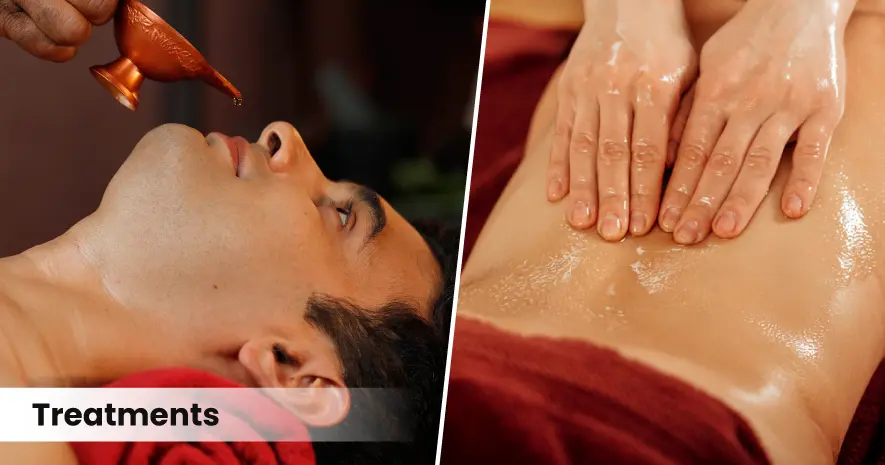
Polyherbal and herbo-mineral preparations like Brihat Vata Chintamani Rasa offer targeted benefits in paralysis and motor dysfunction. These formulations are crafted with precision, combining metals and minerals processed through Shodhana and Marana techniques to ensure bioavailability and safety. Other commonly used herbs such as Dashamoola, Vacha (Acorus calamus), Punarnava, and Jatamansi exert synergistic effects by reducing inflammation, improving cerebral circulation, and promoting neuro-repair.
Clinical observations and emerging studies suggest that Ayurvedic management of neurological disorders may significantly improve motor coordination, cognitive ability, and quality of life. Patients often report reduced neuropathic pain, better control over involuntary movements, and enhanced emotional well-being. In many chronic cases, integrative Ayurvedic care has enabled tapering of conventional medications, especially those associated with side effects like sedation or dependency.
Beyond treatment, the Ayurvedic model promotes preventive neurology through Dinacharya (daily routines), Ritucharya (seasonal regimens), mental hygiene, and dietary discipline. Foods rich in omega-3 fats, antioxidants, and Medhya (intellect-promoting) herbs are encouraged. Sleep hygiene, meditation, and controlled exposure to sensory stimuli are integral to preserving neurological harmony.
In conclusion, Ayurveda offers a time-tested, comprehensive approach to managing neurological disorders. By addressing the root imbalance of Vata Dosha, enhancing tissue regeneration, and integrating mind-body interventions, it presents a sustainable path for recovery and wellness. However, for optimal results and safety, all treatments should be undertaken under the supervision of a qualified Ayurvedic physician, particularly in complex or progressive neurological conditions. As integrative medicine gains traction worldwide, Ayurvedic neurology stands as a beacon of personalized, holistic care rooted in centuries of clinical wisdom.
FAQs
1. How does Ayurveda explain neurological disorders?
Ayurveda attributes most neurological disorders to Vata Dosha imbalance, as Vata governs movement, nerve impulses, and communication in the body. This imbalance can arise from depletion (Dhatu Kshaya) of nervous tissue or obstruction (Margavarana) in bodily channels, affecting nerve function.
2. Which neurological disorders are described in Ayurveda?
- Pakshaghata – Paralysis or hemiplegia
- Sarvangavata – Whole-body weakness (e.g., Guillain-Barre Syndrome)
- Kampavata – Parkinson’s-like tremors and stiffness
- Anantavata – Facial neuralgia
- Vishwachi – Brachial neuritis and shoulder nerve pain
3. What are the key Panchakarma treatments for neurological disorders?
- Basti (Medicated Enema) – Most effective for Vata disorders; nourishes nerves and improves function
- Ksheerabasti & Matrabasti – Milk/oil-based enemas for degenerative diseases
- Nasya – Herbal oils/powders administered via the nose to affect the brain directly
- Abhyanga – Full-body medicated oil massage to improve circulation and nerve conductivity
- Swedana – Steam therapy to reduce stiffness and pain
- Shirodhara – Warm oil flow on forehead for mental calmness and better sleep
- Shirovasti – Oil retention on scalp for brain nourishment
4. Which Ayurvedic herbs support nervous system health?
- Ashwagandha (Withania somnifera) – Nerve regeneration and stress reduction
- Brahmi (Bacopa monnieri) – Cognitive enhancer and memory booster
- Kapikacchu (Mucuna pruriens) – Source of natural L-DOPA for Parkinson’s care
- Vacha (Acorus calamus) – Improves speech and nerve clarity
- Jatamansi (Nardostachys jatamansi) – Calms the mind and protects neurons
- Punarnava (Boerhavia diffusa) – Reduces inflammation and water retention
- Dashamoola – Relieves Vata imbalance and nerve pain
5. What role does diet play in Ayurvedic neurology?
A Vata-pacifying diet is advised—warm, unctuous, easy-to-digest, and nutrient-rich foods with healthy fats (ghee, sesame oil, nuts), antioxidants, and Medhya Rasayana herbs for brain health. Avoid dry, cold, stale, and excessively spicy foods.
6. Can Ayurvedic treatment help in degenerative conditions like Parkinson’s?
Yes. Herbs like Kapikacchu (natural L-DOPA), Ashwagandha, and Brahmi—combined with Panchakarma therapies—can help reduce tremors, stiffness, and improve coordination in Parkinson’s and other degenerative disorders.
7. How soon can results be expected from Ayurvedic neurological care?
Improvements may be seen within weeks in mild cases, but chronic or advanced neurological disorders require months of consistent treatment and lifestyle changes for significant benefits.
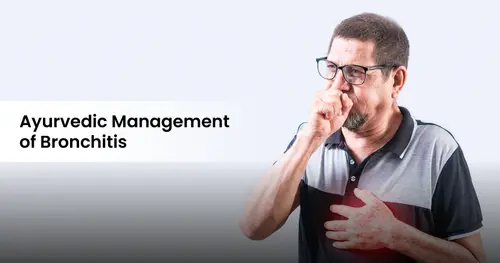
September 25, 2025
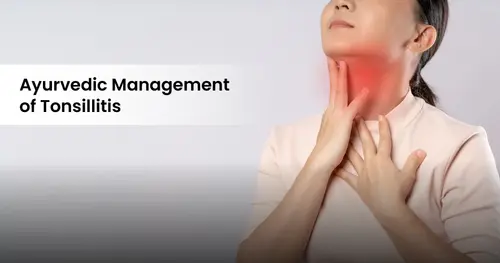
September 22, 2025
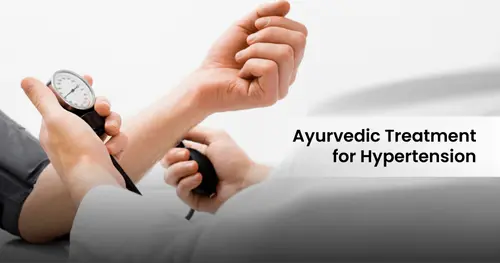
September 15, 2025

September 11, 2025
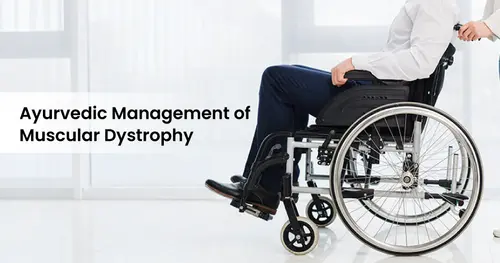
August 22, 2025

August 13, 2025
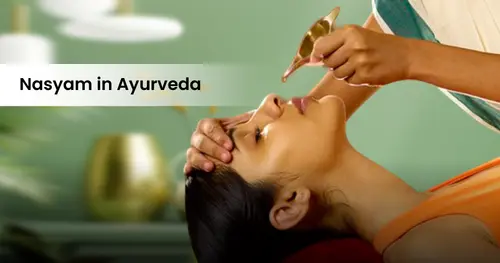
August 08, 2025

August 06, 2025

July 28, 2025

July 21, 2025
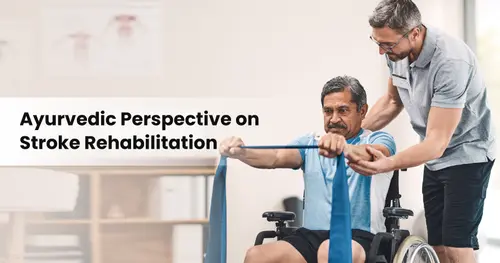
July 17, 2025